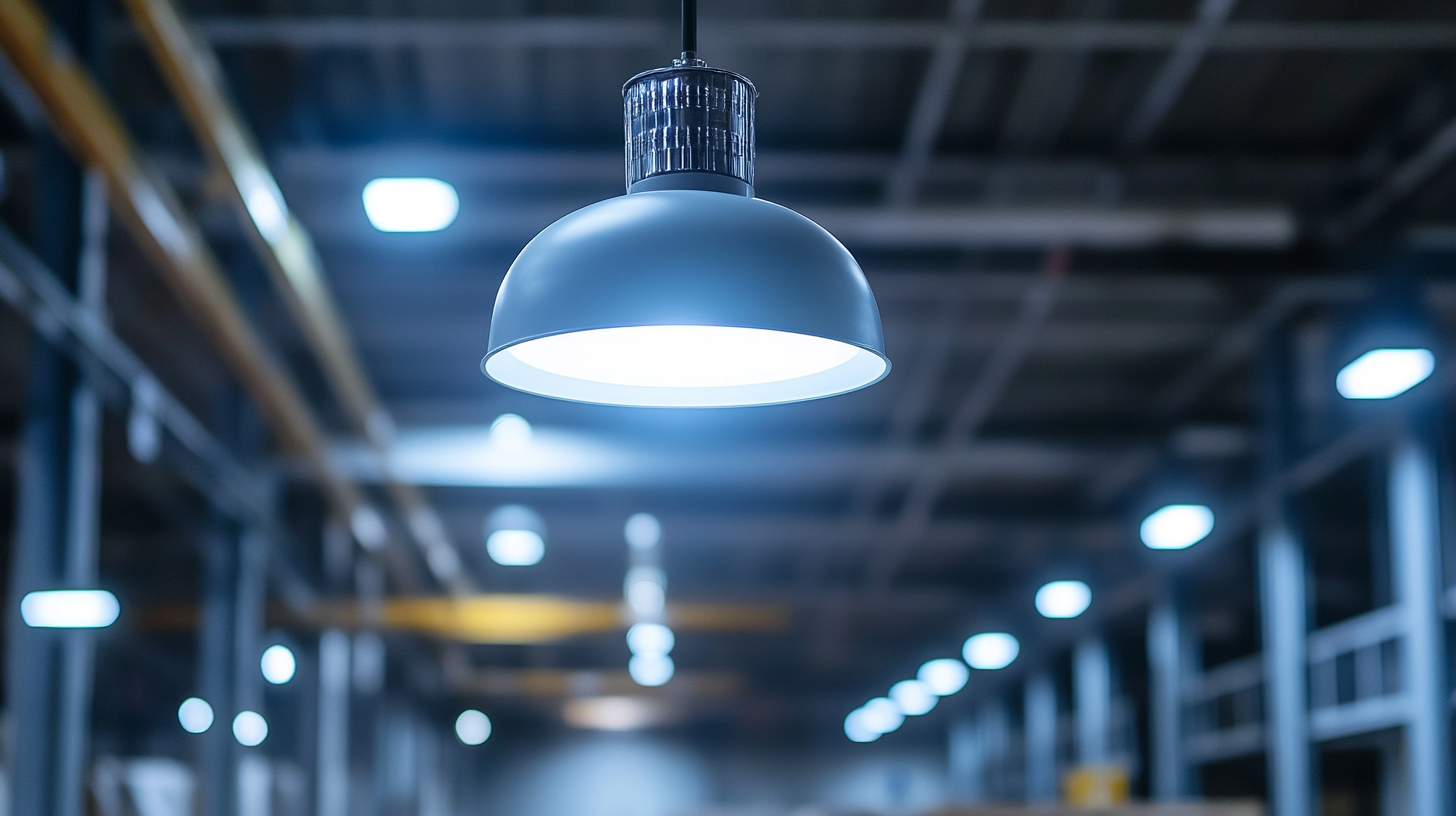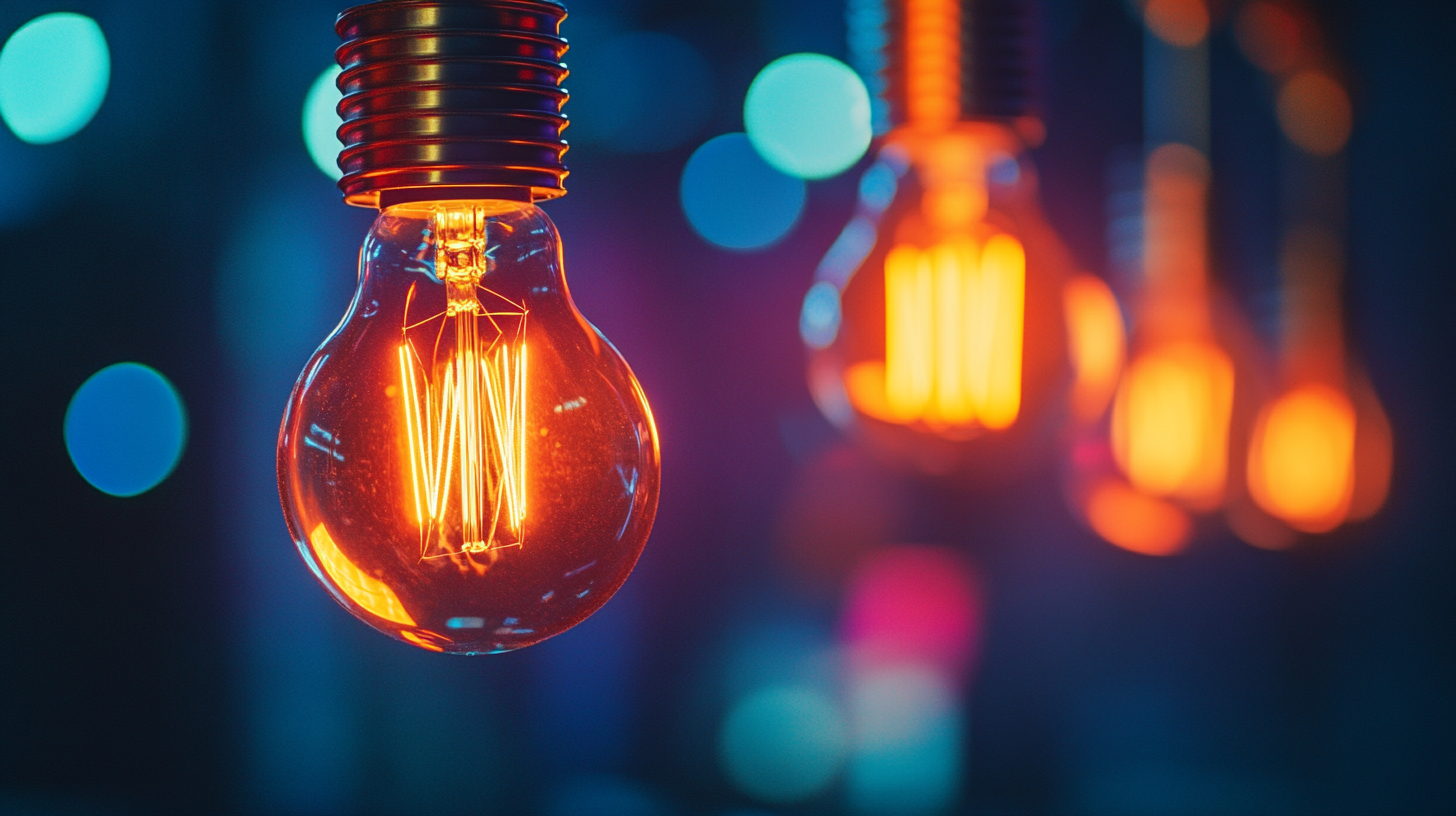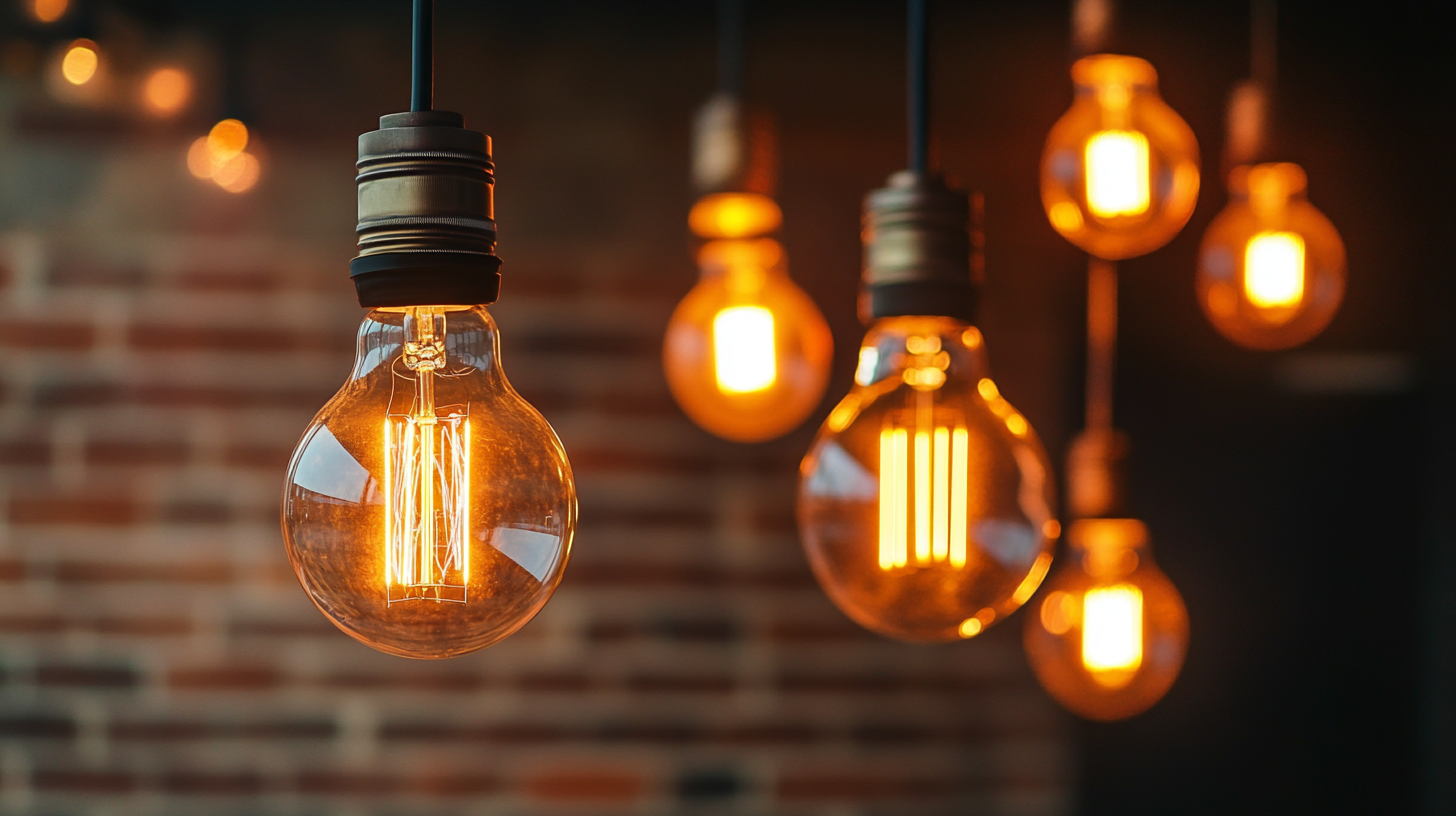Navigating Global Standards for Industrial Lighting Certification and Compliance
The necessity of complying with the global licensing standard for industrial lighting has set the premises of significance for this particular sector in such rapidly changing industries. The certifications for lighting looked very efficient in carrying the logo or brand which represents well-being over efficiency and sustainability. The certification requirements are governed by many groups of standards that demonstrate various international entities for manufacturers and facility managers. While ensuring compliance with those standards, it becomes extremely important that the organization needs to ensure operations in the right way. This will in-turn lead to the businesses moving towards better sustenance, driven by higher workflows and towards an operation in a healthier environment.
This post will focus on demystifying the complex world of industrial lighting certifications in various parts of the world and will attempt to help organizations meet various standards and assist the organizations in understanding what these standards are trying to achieve. With a better concrete foundation on the components and procedures, being compliant within industries will create a well informed set of business stakeholders that can take good decisions, improve their lighting, and drive towards increased success in completion of the marketplace.

Understanding the Importance of Industrial Lighting Standards in a Global Context
Industrial lighting standards guarantee safety and efficacy in workplaces and provide a larger arena for global trade and innovation. The recent certification approval of Bay Area's first in the lighting industry marks a milestone for manufacturers, signifying an increasing emphasis on adherence to rigorous standards. The award emphasizes that verifiable standards for energy efficiency and safety are paramount in a fast-changing industry. In this regard, the importance of these standards cannot be overemphasized. According to the 2023 report on the LED industry, the market is moving toward more sustainable end applications emphasizing lower energy consumption and higher light output. Certification is the tool that ensures that products meet local and international safety and performance criteria, thereby allowing companies a wider market reach and promoting trust among consumers. Anyway, thus, like the automotive industry has changed its safety standards due to advances in smart connected vehicles, so is the lighting industry evolving. By increasing interoperability and reliability through standardization, lighting solutions can now be developed for a variety of end-user applications. From now on, common lighting stakeholders will prioritize compliance with the changing standards to harness the potential market growth, more so in the instances where such changes may favor segments like plant lighting to increase demand on an equal footing with the consumer.

Key Global Organizations Influencing Industrial Lighting Certifications
The constant evolution in industrial lighting results in global compliance standards gaining ever more importance for manufacturers and users alike. Here is where DEKRA and other organizations become vital by granting certifications that facilitate product development while ensuring safety and efficiency. The recent awarding of CTF authorized laboratory status to a leading lighting manufacturer serves to reiterate the greater trend in the industry, whereby compliance with strict testing requirements emphasizes the duality of reliability and innovation.
In 2021, the industrial lighting sector not only grew, but growth was also recorded to the extent of an export value of $1.5 billion in the fourth quarter alone. This discernibly indicates the increasing demand for quality lighting solutions specifically serving industrial applications. Concerns for visual comfort and functionality create working conditions that further enable productivity-a consideration firms must have in today's competitive environment.
Laboratory testing and certification are the very foundation upon which market confidence is built. With founding institutions providing well-defined guidance, manufacturers are now better placed within the often-obscured signage framework of global lighting certifications. As the landscape matures, the guidance from industry experts and data-drenched analyses will be of relevance if stakeholders are to remain the new wave of compliance and innovation.

Navigating Compliance: Challenges Faced by Manufacturers and Installers
Compliance in the industrial lighting industry poses a plethora of challenges to manufacturers and installers alike. From the ever-evolving world standards, it becomes difficult to comply with various regulations. Manufacturers have to ensure that products comply with local requirements as well as those of international standards. This requires in-depth knowledge of various certifications such as ISO and IEC and varying regional standards that differ considerably. The subtleties of compliance testing may cause either high production costs or delays, and this will then feed back through the entire supply chain.
The stakes for installers are equally high. They need to know what certifications and compliance requirements are required for the products they are installing. The installation processes have to be proper so as to ensure there are no legal ramifications. This means that the installation and maintenance of all lighting systems must conform to the relevant regulations, which might vary with respect to the region of installation and purpose of use. The absence of universal standards globally only further complicates this since installers have to continuously be made aware of the requirements in various jurisdictions.
Documentation and communication within the manufacturers-installers paradigm are vital for compliance attainment. Often, manufacturers are legally bound to provide adequate documentation and support to ensure that installers are familiar with product specifications and from where certifications may be obtained. Collaborations can help plug in compliance gaps and enable smoother project execution. Continuous changes in compliance standards will require proactive involvement from both sides and the willingness to change their operational practices very rapidly for successful execution in the industrial lighting sector.

The Impact of Local Regulations on International Lighting Standards
The lighting industry is moving more and more towards global; however, local regulations strongly influence the standards concerning industrial lighting certification and compliance. While international bodies are trying to set universal standards, the existence of varying local regulations only adds to the complications. Each country has codes honoring regional priorities, safety issues, and environmental policies, and the adoption of international standards can vary greatly.
For example, the European Union applies very strict energy efficiency directives that impose precise performance metrics on industrial lighting. On the other hand, in the United States, energy considerations are balanced with a variety of local codes that differ considerably from state to state. Such a patchwork of regulatory schemes makes sure that lighting manufacturers and distributors stay alert and keep abreast with local laws of each market they intend to enter, applying their products not only to international standards but also to particular local compliance requirements.
On a positive note, this diversity in local regulations can serve as a stimulus toward fostering innovation; companies develop technologies that meet higher standards or come up with adaptable products that adhere to multiple regulations at the same time. Ultimately, negotiating this maze necessitates a broad knowledge of global and local perspectives so that companies can harmonize their offerings while remaining compliant with divergent regulatory frameworks.
Future Trends in Industrial Lighting Certification and Compliance Practices
The industrial lighting sector is changing the scenery very fast on the technologies, innovations, and sustainability fronts. One of the most important is advances in energy efficiency, a major trend in industrial lighting certification and compliance. Lighting solution is an energy-efficient since the International Energy Agency (IEA) reports it can save up to 70% in electricity consumption within the facility. Therefore, such a switch in mechanisms will result not only in reductions in operational costs for the companies but also facilitate global endeavors on sustainability issues such as those under the Paris Agreement.
The impact of smart lighting systems is on compliance practices in industry and will change them. According to the report obtained from MarketsandMarkets, the size of the global smart lighting market will grow to $25.5 billion by the year 2027, recognizing a phenomenal growth rate CAGR of 22% from 2020. Such systems make available real-time data and analytics with the help of which they be able to most judiciously manage the utilities' compliance to the tight regulations while at the same time optimizing energy performance. Certification for smart lighting technologies will by chance evolve because standards organizations have recognized the need for frameworks that will accommodate these innovations.
In conclusion, incorporation of IoT and automation in industrial lighting changed the certification practices. The Global Lighting Association of 2023 notes that, with regard to integration with IoT, exciting features are expected with respect to monitoring and control that are important to maintain compliance with both local and international standards. With the application of these technologies, there would be an increasing demand for updated certification frameworks that govern cybersecurity and functional capability in both manufacturers and users for safer lighting and efficient use.






